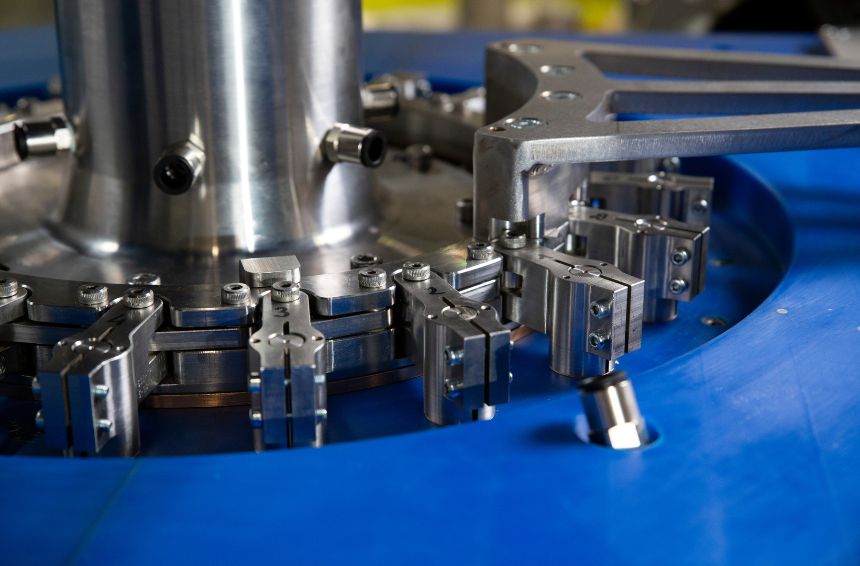Hydraulic machines test platform (IEC 60193)
Validate your reduced scale models with our independent laboratory
Supporting your new hydropower projects or turbine refurbishments with our state-of-the-art hydraulic test rig and experienced team.
Our hydraulic test rig is the only independent hydraulic test laboratory in France able to perform development and hydraulic turbine acceptance tests, in accordance with the IEC 60193 standard.
Meeting the latest IEC standards
Meeting the latest IEC standards
IEC standards ensure global consistency and safety in engineering. IEC 60193 specifically defines the methods for model testing of hydraulic turbines, pump-turbines and storage pumps in laboratories.
Our hydraulic test rig offers a complete solution for performing hydraulic turbine acceptance tests on Francis turbines and reversible pump-turbines, in accordance with the IEC 60193 standard. By following the IEC standard, we guarantee reliable, high-precision results that support efficiency and support the development of your hydroelectric projects in a fully independent structure.
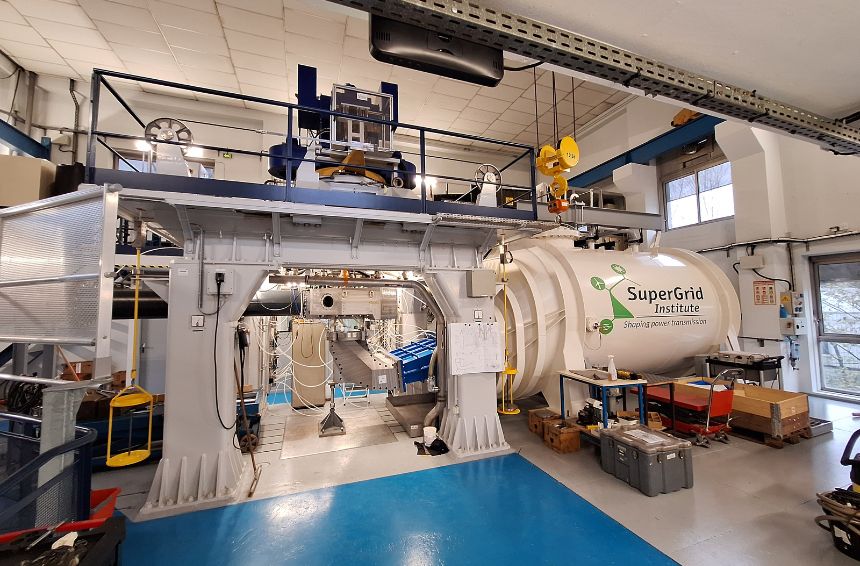
Our references
Our team of hydraulic engineers has over 10 years’ experience supporting global industry leaders through successful projects and collaborative initiatives. We also contribute actively to research and publications in this area.

Le Cheylas
Variable speed PSP
(1 x 240 MW, France)

Kokhav Hayarden
PSP
(2 x 172 MW, Israël)

Francis turbine
Scale model test for turbine design validation

Bilasurf project
Boost turbine efficiency & flexibility
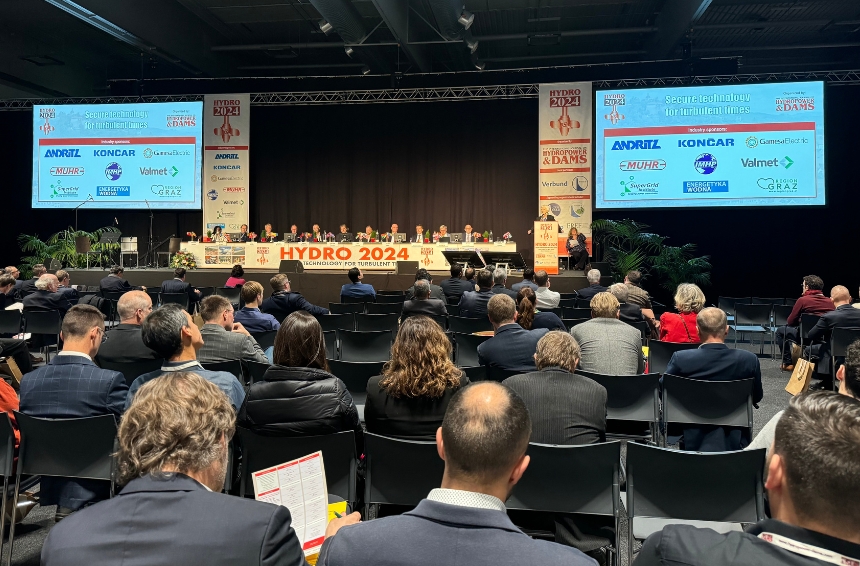
Scientific publications
Automating test sequences
Our test rig operates in all four quadrants with fully automated operational mode settings. Test operations and mode changes are carried out directly from the control room via automated valves, enabling fast and repeatable testing.
The modular facility can accommodate different vertical shaft runners for a wide range of hydraulic models.
Equipped with high-precision measuring instruments, the platform is suitable for both development and acceptance tests. Automated systems and supervision software ensure rapid and reliable performance assessment.
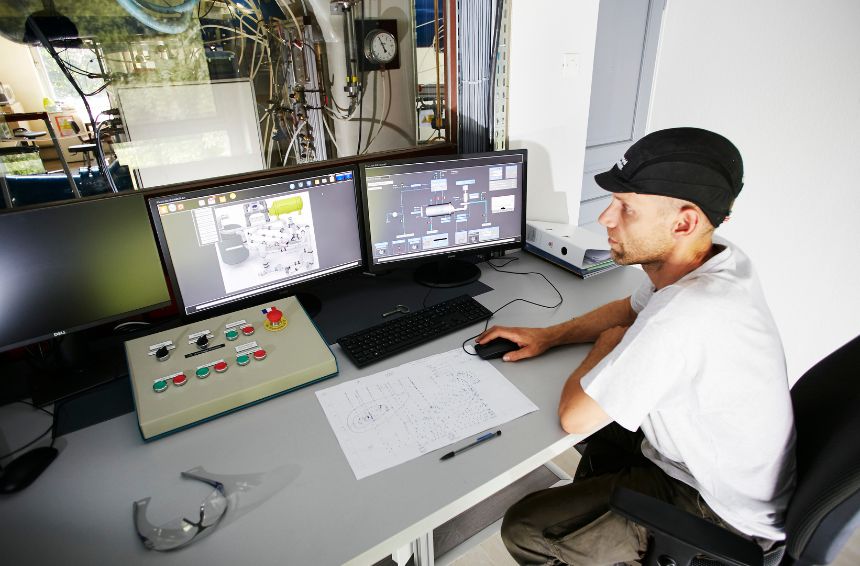
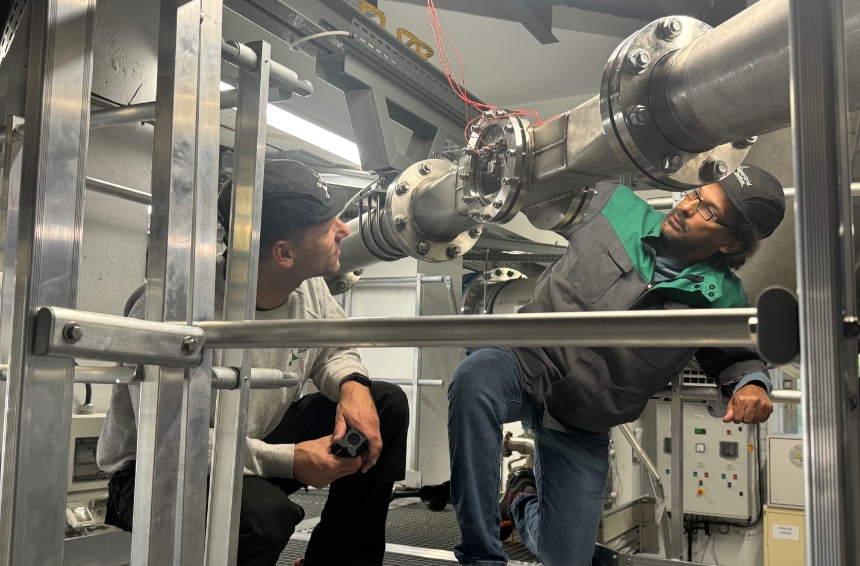
Hydraulic blade profiling
This setup is located in the low-flow measurement section of the SuperGrid Institute’s IEC hydraulic platform. It enables dual flow measurement with an accuracy of 0.2%, without affecting normal operation.
Key characteristics:
- Squared section 110 x 110 mm
- Flow velocity from 0 to 16 m/s
- Absolute pressure adjustment for cavitation studies
- Variable angular position of ± 25 degrees
- Safe, quick and easy access to the profile
A unique testing method to…
Tell us about your project!



